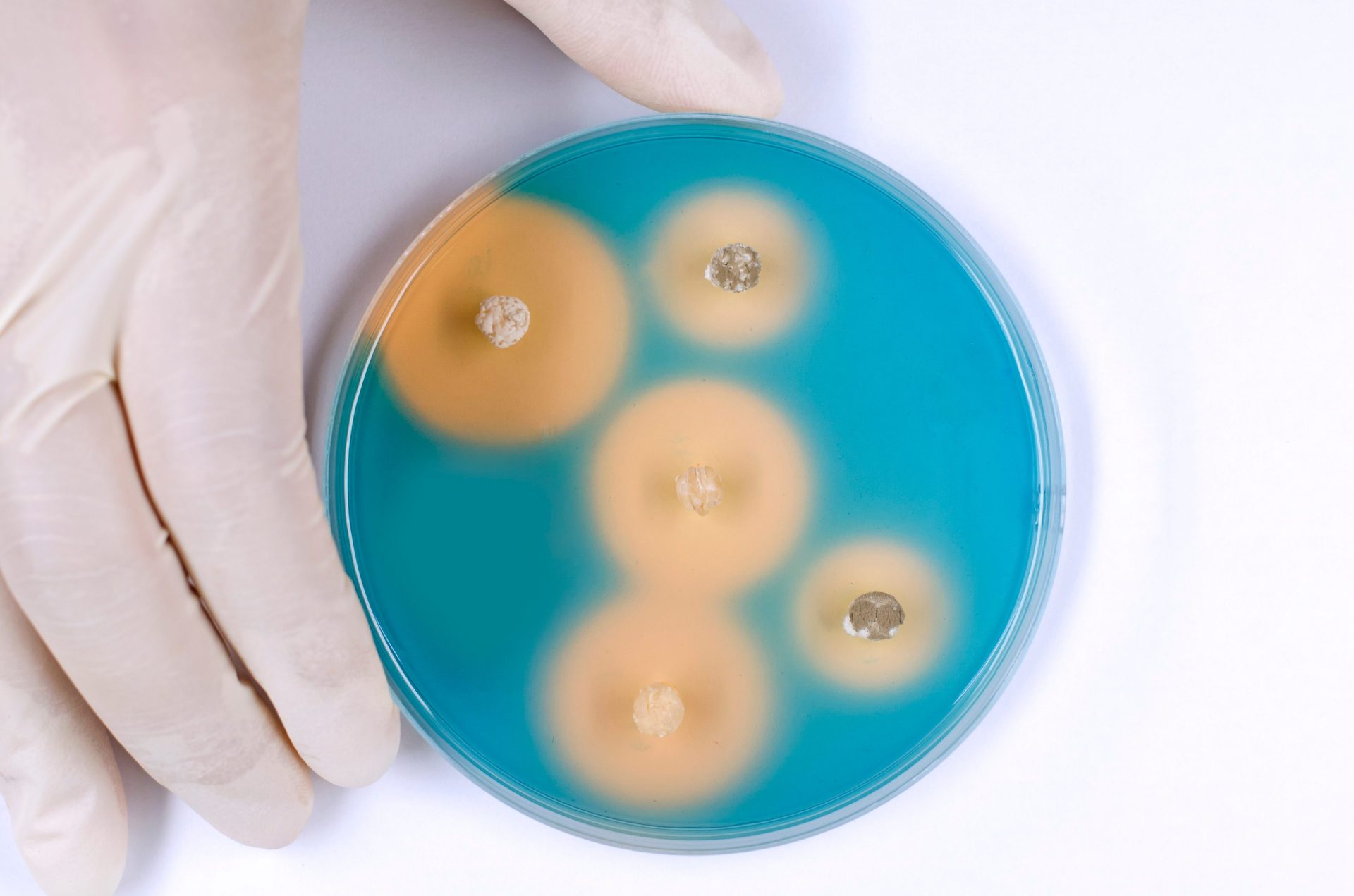

Assessing the in vitro and in vivo Properties of Siderophores
Iron
is an essential nutrient for all cells, being required for respiration
and the synthesis of DNA. Although it is the most abundant element in
the earth's crust, the low solubility of iron can limit its
availability.
Mammals
have overcome this problem using proteins that bind iron, e.g.,
hemoglobin. Most microorganisms, however, require a constant supply of
iron. They achieve this by excreting siderophores, high affinity, iron-selective chelators, into
the extracellular environment. Once the siderophore has sequestered and
solubilized the external iron, it is actively transported back into the
cell so the iron can be utilized for intracellular metabolic processes.
When iron levels are
low, expression of the genes encoding siderophores is increased. Some
species also produce specialized siderophores that remain within the
cell to provide an iron reserve. The particular siderophore used is
generally specific to a given microorganism. Several pathogenic bacteria and fungi use siderophore-iron complexes as a means of survival in host animal tissue.
As
a consequence of being amongst the strongest known binders of iron and
their prevalence amongst invading pathogens, siderophores and their
analogues are used for a wide range of medical applications, e.g.,
selective drug delivery; treatment of thalassemia, malaria and sickle
cell disease.
More
recently, a range of siderophores labelled with Gallium-68 (Ga-68) has
been developed for use as specific agents for molecular imaging using
positron emission tomography (PET). Since Ga-68 is of similar size and
structure to the Fe3+ ion, the labelled siderophore complex
is transported inside the microbial cell of interest. In this way the
extent of an infection can be assessed through PET imaging. However,
Ga-68 has a short half-life that limits the time over which imaging is
possible. Consequently, siderophores labelled with Zirconium-89 (Zr-89),
which has a much longer half-life, have been produced.
In vivo and in vitro
properties have recently been compared between siderophores labelled
with Zr-89 and the respective Ga-68 siderophore complexes to explore
whether the extra charge on the Zr-89 affects the stability or other
properties of the siderophore complex.
The respective in vitro
partition coefficients, in vitro stability and protein binding
affinities were determined for four siderophores (both Zr-89 and Ga-68
complexes): triacetylfusarinine, ferrioxamine E, ferrioxamine B and
ferrichrome A. Each radiolabeled siderophore was also injected into an 8-week old female Balb/c mice.
PET
and computed tomography images were acquired during the 90 minutes
after injection using a Bruker Albira PET/SPECT/CT small animal imaging
system. The amount of radioactivity in different organ samples was
measured in an automatic gamma counter.
The Zr-89 and Ga-68 siderophore complexes demonstrated comparable behaviors both in vitro and in vivo.
Zr-89-labelled siderophores could therefore provide an alternative to
Ga-68 siderophores, allowing longitudinal PET studies of fungal
infections.
Petrik
M, et al. In Vitro and In Vivo Comparison of Selected Ga-68 and Zr-89
Labelled Siderophores. Mol Imaging Biol. 2015 Sep 30. [Epub ahead of
print]. Available at http://www.ncbi.nlm.nih.gov/pubmed/26424719. Creative Commons Attribution 4.0 International License